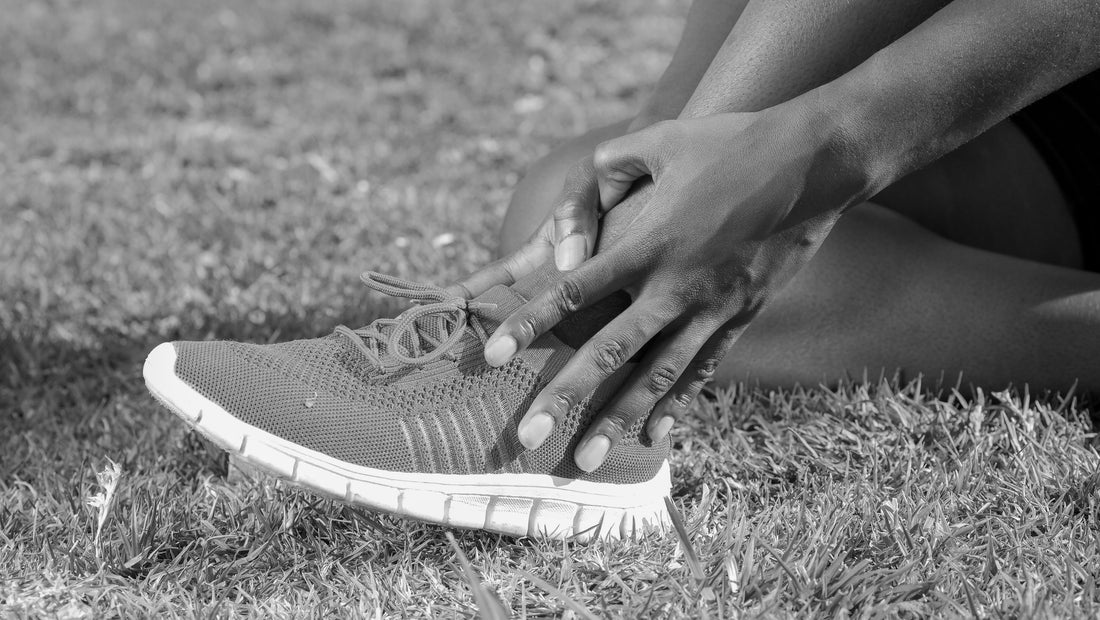How Bad Is My Sprained Ankle And When Can I Play Sport Again?

Ankle sprains are one of the most common injuries we see as physios – just about everyone has probably sprained their ankle at some point when playing sport!
Ankle sprains are particularly common in sports such as football, soccer, netball & basketball – sports which all involve a lot of direction changes.
When we talk ankle sprains, it is the lateral, or outside, ligaments of the ankle that are most commonly injured. The ‘lateral ligament’ is actually a group of 3 ligaments – the Anterior Talofibular, the Posterior Talofibular, and the Calcaneofibular ligaments.
So how long will it take to get back into sport?

Knowing which of these ligaments has been injured helps us determine the severity of the sprain, and how long it will likely take to get back in the game:
-
Grade I injuries typically involve just the Anterior Talofibular ligament, & often take 1-2 weeks to recover
-
Grade II injuries involve both the Anterior Talofibular ligament and Calcaneofibular ligaments, & can take between 4-6 weeks to fully recover
-
While Grade III injuries typically involve a bit of everything, and can take up to 12 weeks to rehabilitate.
Have your ankle properly assesed
Each ankle sprain is different, and having your ankle properly assessed lets you know what things you should be doing at each stage of your rehab, and how long it will take. Doing things that are appropriate for where your ankle is along its recovery helps the ligament heal, but also minimises excess scar tissue by doing too much too early.
We know that the ligaments heal and heal well after a sprain, but the big thing that we look to try and do is to improve the strength and function of the ankle after a sprain to help prevent re-injury down the track – as the ankle doesn’t automatically regain this on its own.
How should I look after my ankle sprain?
Rest / Ice / Compression early – this helps minimise swelling, and limits the extent of the damage.
Regain movement – the ankle moves, and needs to move; particularly if the aim is to get back to sport!
Get strong – think of the muscles like brakes, and the ligaments like seatbelts in a car: we want the brakes doing the work of controlling your ankle, rather than relying on the seatbelts. Your physio will show you exercises to help strengthen up the main muscles that work to support the ankle.
Improve balance & proprioception – there’s great evidence to show that getting better balance and proprioception, such as by using wobble boards and doing agility drills, is very effective in minimising the risk of recurrence – and is essential in getting back to sport.
Whilst ankle sprains are common, they can be quite different in terms of recovery time – which is why having your ankle assessed by a physiotherapist, who can accurately diagnose your injury and get you started on getting the ankle ready for sport again – is an essential first step.
